
Caspar David Friedrich Painting Reproductions 5 of 5
1774-1840
German Romanticism Painter
105 Caspar David Friedrich Paintings

Two Men by the Sea 1817
Oil Painting
$940
$940
Canvas Print
$70.78
$70.78
SKU: FCD-18810
Caspar David Friedrich
Original Size: 51 x 66 cm
Gemaldegalerie, Berlin, Germany
Caspar David Friedrich
Original Size: 51 x 66 cm
Gemaldegalerie, Berlin, Germany
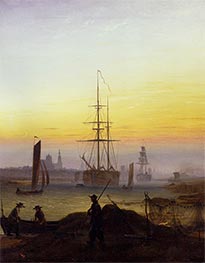
The Port of Greifswald c.1818/20
Oil Painting
$1343
$1343
Canvas Print
$72.83
$72.83
SKU: FCD-18811
Caspar David Friedrich
Original Size: 90 x 70 cm
Gemaldegalerie, Berlin, Germany
Caspar David Friedrich
Original Size: 90 x 70 cm
Gemaldegalerie, Berlin, Germany
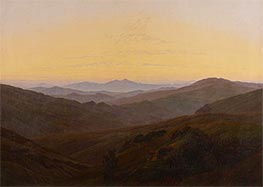
The Giant Mountains c.1830/35
Oil Painting
$1247
$1247
Canvas Print
$66.36
$66.36
SKU: FCD-18812
Caspar David Friedrich
Original Size: 72 x 102 cm
Gemaldegalerie, Berlin, Germany
Caspar David Friedrich
Original Size: 72 x 102 cm
Gemaldegalerie, Berlin, Germany
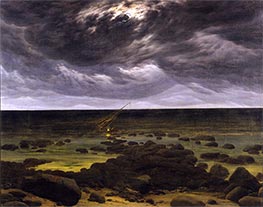
Sea Coast in the Moonlight c.1830
Oil Painting
$1350
$1350
Canvas Print
$73.68
$73.68
SKU: FCD-18813
Caspar David Friedrich
Original Size: 77 x 97 cm
Gemaldegalerie, Berlin, Germany
Caspar David Friedrich
Original Size: 77 x 97 cm
Gemaldegalerie, Berlin, Germany
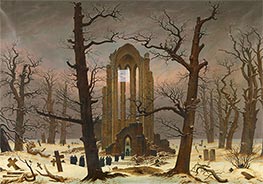
Monastery Cemetery in the Snow c.1819
Oil Painting
$2386
$2386
Canvas Print
$65.51
$65.51
SKU: FCD-18814
Caspar David Friedrich
Original Size: 120 x 173 cm
Gemaldegalerie, Berlin, Germany
Caspar David Friedrich
Original Size: 120 x 173 cm
Gemaldegalerie, Berlin, Germany

Sailing Ship c.1815
Oil Painting
$1235
$1235
Canvas Print
$64.83
$64.83
SKU: FCD-19387
Caspar David Friedrich
Original Size: 96 x 74.5 cm
Public Collection
Caspar David Friedrich
Original Size: 96 x 74.5 cm
Public Collection
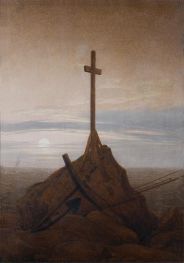
Cross on the Baltic Sea 1815
Oil Painting
$734
$734
Canvas Print
$61.75
$61.75
SKU: FCD-19388
Caspar David Friedrich
Original Size: 44.7 x 32 cm
Public Collection
Caspar David Friedrich
Original Size: 44.7 x 32 cm
Public Collection
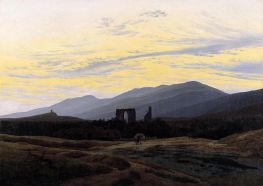
Ruins of Eldena Abbey in the Giant Mountains c.1830/34
Oil Painting
$2007
$2007
Canvas Print
$66.36
$66.36
SKU: FCD-19773
Caspar David Friedrich
Original Size: 72 x 101 cm
Pomeranian State Museum, Greifswald, Germany
Caspar David Friedrich
Original Size: 72 x 101 cm
Pomeranian State Museum, Greifswald, Germany
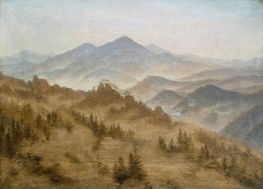
Landscape with the Rosenberg in the Bohemian Mountains 1835
Oil Painting
$1073
$1073
Canvas Print
$61.75
$61.75
SKU: FCD-19774
Caspar David Friedrich
Original Size: 35 x 48.5 cm
Stadel Museum, Frankfurt, Germany
Caspar David Friedrich
Original Size: 35 x 48.5 cm
Stadel Museum, Frankfurt, Germany